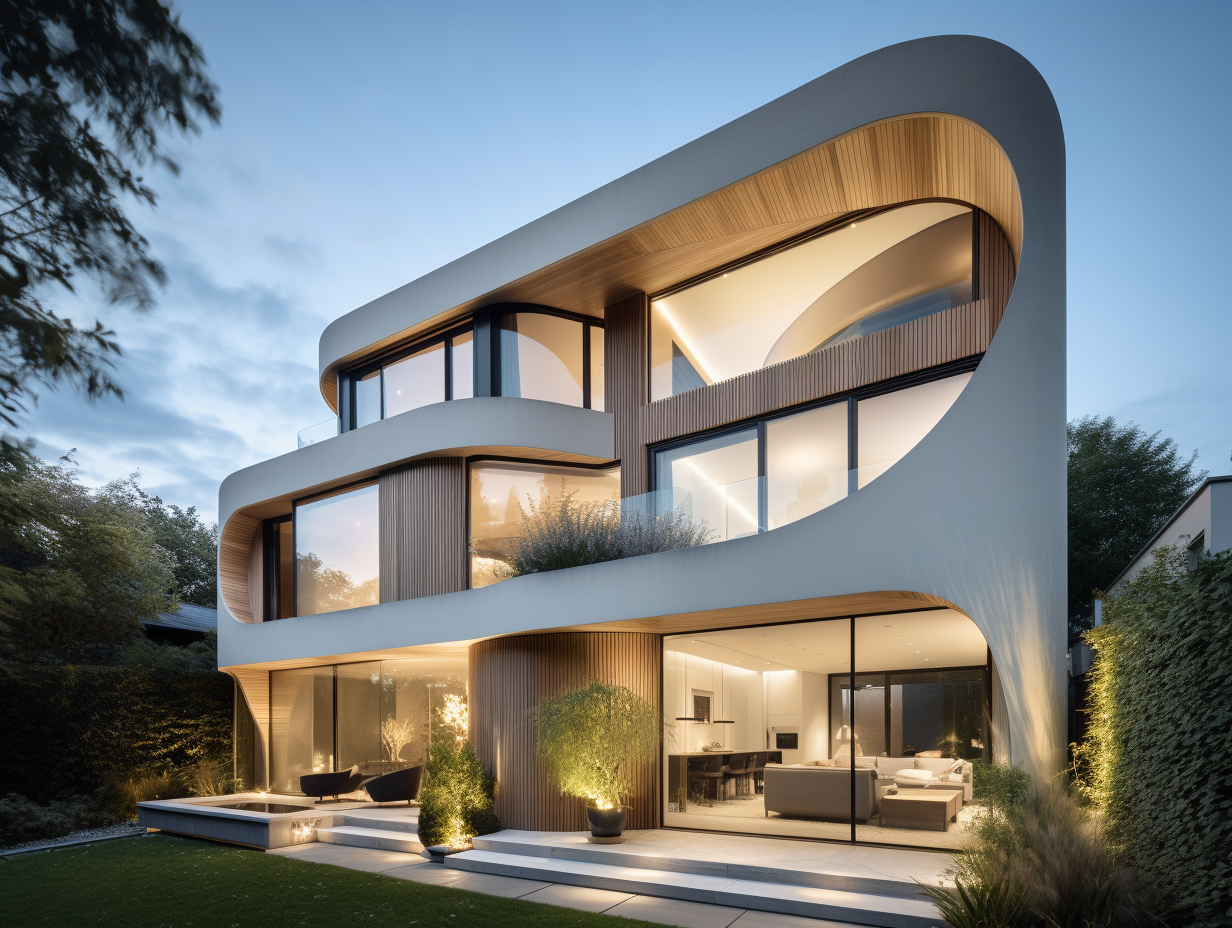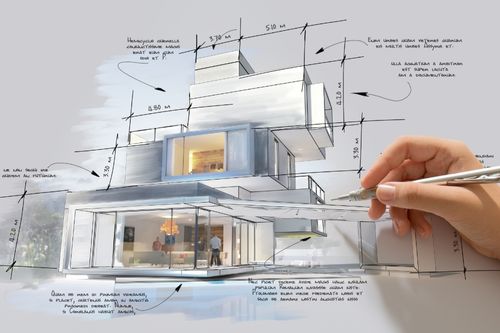The Necessary Role of a Designer fit Lasting Urban Environments for Future Generations
The role of a designer in crafting lasting urban settings is increasingly critical in responding to the difficulties of environment adjustment and urbanization. By effortlessly integrating environmental concepts into their styles, engineers not only boost the aesthetic and useful top quality of metropolitan areas yet likewise address pressing problems such as power efficiency and social equity. Their experience in innovative materials and neighborhood engagement forms growths that reverberate with regional worths and goals. Nevertheless, as we discover the complexities of this area additionally, it becomes obvious that the future of urban living may pivot on the actual practices architects use today.
Recognizing Lasting Urban Layout
Lasting metropolitan style incorporates ecological concepts with urban preparation to produce environments that are not just habitable yet also resilient. This approach highlights the value of integrating natural systems right into the urban fabric, making certain that growth satisfies the needs of today without compromising the ability of future generations to fulfill their own requirements. Crucial element of sustainable urban style consist of efficient land use, the promo of biodiversity, and the integration of eco-friendly rooms, every one of which add to improved top quality of life for residents.
Additionally, lasting urban layout prioritizes the reduction of the urban warm island result, improved air quality, and effective stormwater management. It encourages the usage of sustainable resources and energy-efficient building methods, which substantially reduced carbon footprints. Sustainable metropolitan design fosters social equity by producing obtainable public spaces and promoting mixed-use developments that provide to varied populations.
Via thoughtful preparation and ingenious style approaches, sustainable metropolitan atmospheres can improve neighborhood strength versus climate adjustment while cultivating economic advancement. This alternative method not only addresses prompt city difficulties however additionally prepares for much healthier, more sustainable cities for generations to come.
Secret Duties of Architects
Engineers play a crucial role fit sustainable urban environments by equating style concepts into substantial frameworks and areas. Their obligations incorporate a vast array of activities that add to the overall success of metropolitan style projects.
Firstly, engineers carry out comprehensive site analyses to recognize the environmental, social, and social context of their tasks. This foundational expertise educates their layout decisions, guaranteeing that structures integrate with their surroundings. They also participate in joint procedures with stakeholders, including city coordinators, engineers, and the area, cultivating an inclusive approach to city advancement.
Additionally, designers are entrusted with developing layouts that maximize energy efficiency, source conservation, and performance. They need to follow regional zoning regulations, constructing codes, and sustainability certifications, making sure compliance while pressing the borders of development.
In addition, designers are responsible for handling the style process, collaborating with numerous professionals throughout the building and construction phase to make certain that Your Domain Name the vision is understood properly (cda architects). Ultimately, their role is not only regarding aesthetics; it is regarding producing resilient, flexible rooms that improve the quality of life for existing and future generations, preparing for lasting urban living
Innovative Materials and Techniques

In addition, advancements in innovation have actually led to the advancement of high-performance materials, such as insulated concrete types (ICFs) and photovoltaic or pv glass, which add to power preservation and harness sustainable energy. Strategies such as easy solar design and green roofs additionally exhibit just how architecture can integrate with natural systems, decreasing reliance on artificial home heating and air conditioning.
Additionally, the assimilation of clever products, which adjust to ecological modifications, supplies promising opportunities for boosting building efficiency. These materials can react to temperature level variations or dampness his explanation degrees, optimizing comfort and sustainability.
Ultimately, the tactical choice and application of innovative products and techniques encourage engineers to produce city spaces that are not just useful and aesthetically pleasing however additionally durable and eco accountable, making sure a sustainable future for generations ahead. cda architects.
Neighborhood Engagement and Cooperation
The success of cutting-edge materials and methods in sustainable urban design is significantly boosted by active area engagement and partnership. Engineers have to acknowledge that the constructed environment exceptionally impacts the lives of regional residents, making it imperative to involve them in the layout procedure. Engaging the area promotes a sense of ownership and responsibility, ensuring that growths not just fulfill visual and useful demands yet likewise mirror the values and aspirations of those that populate them.

Successful neighborhood involvement additionally aids in focusing on social equity within city growth. By considering the voices of marginalized populations, engineers can create rooms that are inclusive and fair. By doing this, neighborhood interaction and collaboration end up being indispensable to accomplishing absolutely sustainable urban environments that offer the needs of existing and future generations.
Future Fads in Sustainable Architecture
An emerging emphasis on flexible reuse and round economic situation concepts is readied to redefine the landscape of sustainable architecture. As cities face increasing populace densities and ecological obstacles, engineers are progressively transforming to approaches that optimize existing structures instead than seeking brand-new builds. This approach not only protects social heritage but additionally considerably minimizes resource intake and waste.
In addition, innovations in modern technology are forming future you can check here patterns in lasting architecture. The assimilation of smart products and structure systems enables real-time power management, improving performance and reducing carbon footprints. Developments such as eco-friendly roofs, living walls, and energy-generating exteriors are becoming common practices, additionally promoting ecological balance within city settings.
Moreover, a shift in the direction of biophilic layout is gaining grip, emphasizing the link between nature and human wellness. By including natural environments, engineers develop rooms that cultivate psychological health and wellness while promoting biodiversity.
Conclusion
To conclude, designers are critical beforehand sustainable city settings with their proficiency in design, cutting-edge materials, and area engagement. By focusing on energy effectiveness and source preservation, these professionals add to the development of resistant metropolitan areas that satisfy the requirements of existing and future generations. The combination of ecological principles not only boosts livability however additionally fosters social equity, making sure advancements reverberate with the worths and ambitions of the areas they serve.